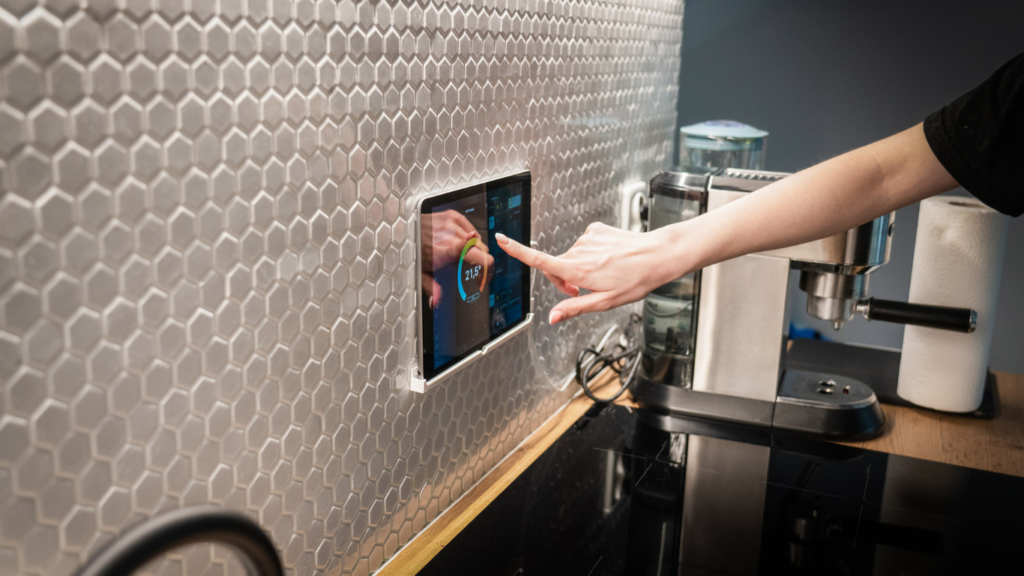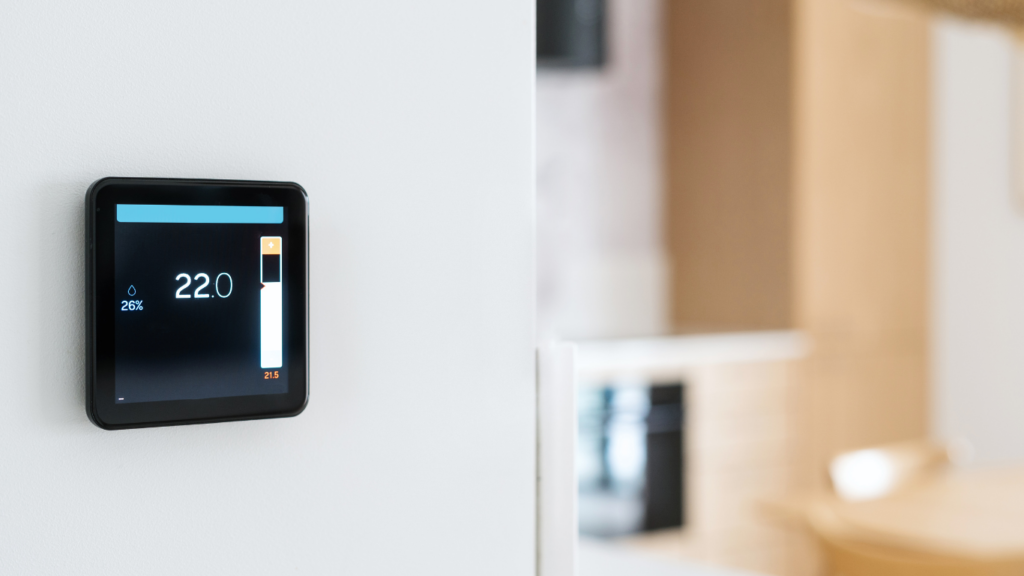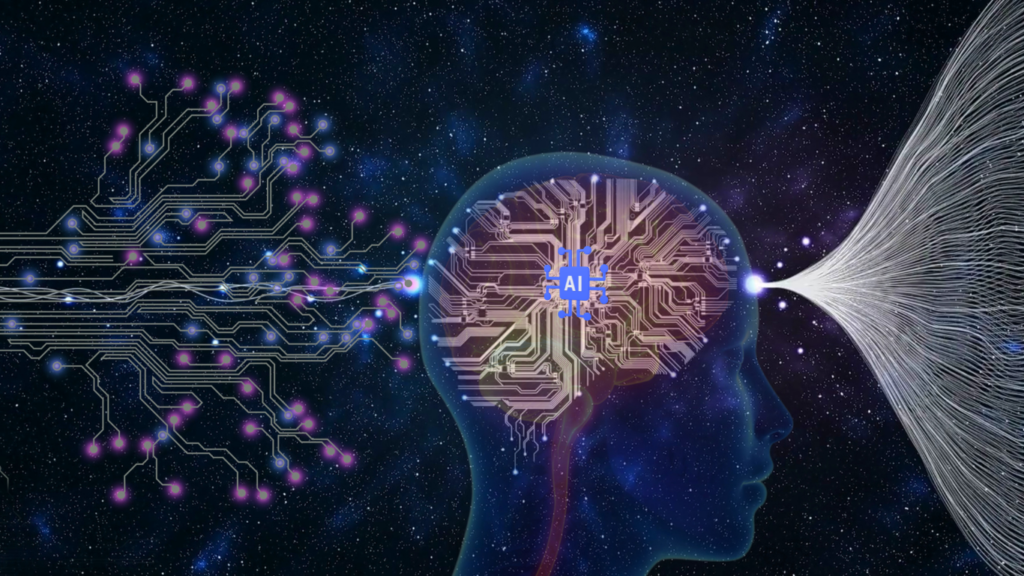Overview of Smart Home Technology
Smart home technology integrates internet-connected devices into a network. These devices, often controlled remotely, include smart thermostats, lighting systems, and security cameras. Each gadget communicates with other devices, creating an interconnected ecosystem that enhances convenience and efficiency.
Smart home devices often feature automated systems. Users can set schedules for lights or heating, eliminating the need for manual control. For example, a smart thermostat can adjust the temperature based on the time of day or occupancy, saving energy and improving comfort.
Voice-activated assistants are central to many smart homes. These assistants, like Amazon’s Alexa or Google Assistant, allow users to control devices using voice commands. By saying, “Turn off the lights,” homeowners can manage their environment without lifting a finger.
Security enhancements are another significant aspect of smart home tech. Advanced surveillance cameras, motion detectors, and smart locks offer real-time monitoring and notifications. Homeowners get alerts on their smartphones if suspicious activity occurs, providing peace of mind whether they’re home or away.
Energy efficiency benefits greatly from smart technologies. Smart bulbs, for instance, can dim or brighten based on natural sunlight conditions, reducing electricity usage. Smart plugs turn off devices that aren’t in use, cutting down on phantom energy consumption.
Smart home ecosystems continue evolving, with integrations becoming seamless. New devices constantly enter the market, offering improved features and better compatibility with existing systems. For example, many devices now support multiple smart home platforms, ensuring users have flexibility in their technology choices.
Smart home technology transforms living spaces into intelligent, responsive environments. These advancements provide unprecedented control, security, and efficiency, making everyday tasks simpler and homes more sustainable.
Innovations in Smart Home Security
Smart home security devices have seen incredible advancements, offering homeowners robust and comprehensive solutions. These innovations focus on enhancing safety and convenience.
Advanced Surveillance Cameras
Surveillance cameras have evolved significantly, offering features like high-definition video, night vision, and motion detection. Many models include AI-powered facial recognition, allowing users to receive alerts about familiar or unknown faces. Some cameras offer cloud storage options for video footage, providing convenient access and secure backups. Companies like Arlo and Ring lead the market by integrating these advanced features into user-friendly apps, making monitoring straightforward and efficient.
Smart Locks and Doorbells
Smart locks and doorbells offer enhanced security and ease of access. Smart locks use technologies like:
- Wi-Fi
- Bluetooth
- biometric verification
for keyless entry, which reduces the risk of unauthorized access. Brands like August and Schlage offer models that integrate seamlessly with home automation systems, letting users lock or unlock doors via smartphones or voice commands. Smart doorbells, equipped with cameras, motion sensors, and two-way audio, allow homeowners to see, hear, and speak to visitors remotely. Products from Nest Hello and Ring are popular for providing high-definition video feeds and real-time notifications, enhancing both security and convenience.
Enhancements in Home Automation
Smart home automation has evolved significantly, introducing new technologies that enhance convenience and control.
Voice-Activated Assistants
Voice-activated assistants streamline everyday tasks. Alexa and Google Assistant now offer improved natural language processing. This allows more accurate voice recognition and faster response times. Integration with third-party devices like smart thermostats and security systems has expanded. Users can control various home functions using simple voice commands. For example, saying “Alexa, lock the front door” initiates the command instantly. New developments include customized voice profiles. These profiles provide tailored responses based on the user’s preferences and routines. Advanced features like reminders, shopping lists, and even cooking instructions make daily living smoother.
Automated Lighting Systems
- Automated lighting systems now feature adaptive lighting technologies.
- These systems adjust lighting based on the time of day and natural light levels.
- Products like Philips Hue and LIFX offer color-changing capabilities and scene settings.
- Users can program lights to gradually brighten in the morning or dim at night.
- Motion sensors and presence detectors ensure lights operate only when needed, saving energy.
- Integration with voice-activated assistants adds another layer of convenience. For instance, a user can say, “Hey Google, turn off the living room lights” without lifting a finger.
- Advanced scheduling options allow lights to operate on pre-set routines, enhancing both comfort and security.
Energy Efficiency and Smart Homes

Smart home devices contribute significantly to reducing energy consumption, promoting sustainability, and lowering utility bills.
Smart Thermostats
Smart thermostats offer precise control over home heating and cooling systems. These devices learn user habits and adjust temperatures automatically for optimal efficiency. For example, the Nest Learning Thermostat adjusts based on user behavior, setting temperatures to save energy when you’re away. Integrating with other smart home systems, these thermostats can also be managed via smartphone apps, allowing for remote control and real-time adjustments.
Energy Monitoring Devices
Energy monitoring devices provide detailed insights into energy consumption patterns. Tools like the Sense Energy Monitor track the electricity usage of individual appliances, identifying energy hogs. By analyzing this data, homeowners can make informed decisions about reducing energy consumption. These devices often pair with smartphone apps, offering notifications and reports to help users stay on top of their energy use.
Health and Wellness Devices
Smart home technology has evolved beyond entertainment and efficiency, significantly impacting health and wellness. Explore innovations in air purifiers and health monitors within this dynamic sector.
Smart Air Purifiers
Smart air purifiers enhance indoor air quality, vital for healthy living. Equipped with HEPA filters and sensors, these devices detect and eliminate pollutants. Some models, like Dyson Pure Cool and Molekule Air, integrate with home ecosystems, offering real-time updates and control through apps. Users can monitor air quality and adjust settings for optimal performance. Smart air purifiers analyze data to determine the room’s pollution levels, automatically adjusting to clean the air efficiently.
Connected Health Monitors
Connected health monitors track vital health metrics, empowering proactive health management. Devices like Fitbit and Apple Watch provide real-time insights into heart rate, sleep patterns, and physical activity. These monitors sync with smartphones, offering detailed reports and alerts. For example, diabetic patients use continuous glucose monitors (CGMs) to track blood sugar levels, improving management. Remote monitoring features allow patients and healthcare providers to maintain constant communication, ensuring timely interventions.
Entertainment and Smart Homes
Entertainment becomes seamless and immersive with smart home advancements. Smart technologies now enrich how I experience media in every room of my house.
Multi-Room Audio Systems
Multi-room audio systems transform how I listen to music and other audio content throughout my home. These systems can distribute sound from a single source to multiple rooms, ensuring consistent audio quality everywhere. For instance, systems like Sonos let me control music through a smartphone app, enabling different playlists in various rooms or synchronizing the same track across the house. Amazon Echo and Google Home devices also enhance the experience by facilitating voice commands, making it easy to manage settings from any location.
Smart Televisions
Smart televisions redefine viewing experiences by integrating internet capabilities with my TV. These devices support streaming services like Netflix, Hulu, and Disney+, offering a vast array of content without additional hardware. Voice assistants built into these TVs, such as Alexa and Google Assistant, allow me to search for shows, adjust volume, and even control other connected devices seamlessly. Additionally, features such as 4K resolution and HDR provide superior picture quality, making entertainment more vibrant and engaging.





